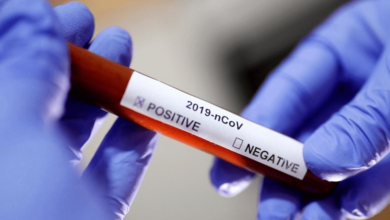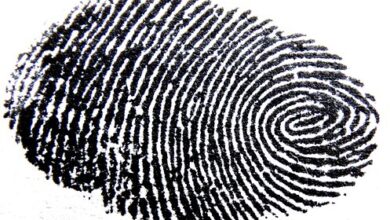
Diabetes is a condition that needs to be managed on a daily basis. High blood sugar can often lead to increased thirst, the need to pee frequently, tiredness, blurred vision, and unintentional weight loss.
Furthermore, uncontrolled blood sugar levels can also cause damage to tiny blood vessels in the body, which can make it difficult for blood to reach the organs.
This in turn can be life-threatening. Having said that, one must keep an eye out for symptoms that may arise in different parts of the body.
1. Eyes
High blood sugar levels can affect the blood vessels in the retina, leading to eye-related problems such as blurry vision, cataracts, glaucoma and the most concerning, diabetic retinopathy. Retinopathy involves changes in the retina, which is the light-sensitive layer at the back of the eye. If left untreated, it can lead to vision loss and blindness in people who have diabetes.
2. Feet
There are two ways diabetes can affect your feet. The first is through nerve damage, which deprives your foot from feeling any kind of sensation. Secondly, you may experience poor blood circulation in your feet, which makes it difficult for any infection to heal. Over time, if the sores or the infection is not treated, it can even lead to amputation.
3. Kidneys
Kidneys are an integral part of the body, which helps filter all the toxins and wastes from the body. It comprises tiny blood vessels that help the organ function efficiently. However, high blood sugar may cause damage to these blood vessels, which can in turn lead to diabetic kidney disease, also known as diabetic nephropathy. Symptoms include: protein in the urine, increased need to urinate, worsened blood pressure control, swelling in the feet, ankles, hands and eyes, nausea, vomiting, fatigue and more.
4. Nerves
Just like diabetic retinopathy and nephropathy, high blood sugar can also lead to nerve damage called diabetic neuropathy. The condition can lead to symptoms including numbness or reduced ability to feel pain or temperature, tingling or burning feeling, sharp pains and cramps, extreme sensitivity to touch and severe foot ulcers, infections and more.
5. Heart and blood vessels
Given that high blood sugar can cause blood vessel damage, a diabetic is always at an increased risk of cardiovascular complications including stroke and heart disease. In addition, according to the US Centers for Disease Control and Prevention (CDC), people with diabetes are also more likely to have other conditions that raise the risk for heart disease including high blood pressure.
6. Gum
Gum disease, also called periodontal disease, is a common condition linked to high blood sugar. It usually occurs due to clogged or thickened blood vessels that reduce the blood flow to gums, hence weakening the muscles. Furthermore, high blood sugar can also promote the growth of bacteria that usually causes gum disease. Symptoms include bleeding, sensitive, and painful gums.










